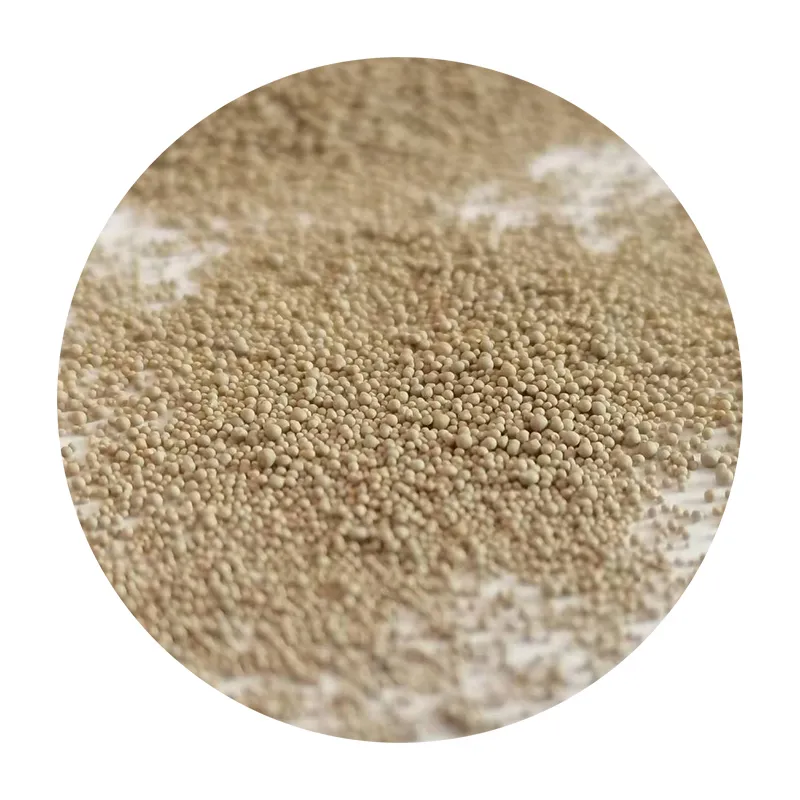What to Sand Resin With A Comprehensive Guide
Sanding resin can be a daunting task for both beginners and professionals alike. Resin, a popular material used in various crafts and finishes, can provide a beautiful glossy surface but often requires some finishing touches to achieve that perfect look. Whether you're working on a resin art piece, a tabletop, or any other project, knowing what tools and materials to use for sanding is crucial to achieving a flawless finish. In this article, we’ll delve into the methods, tools, and best practices for sanding resin effectively.
Why Sand Resin?
Sanding resin is essential for several reasons. Firstly, it helps eliminate imperfections such as bubbles and scratches that may occur during the pouring process. Secondly, sanding creates a suitable surface for further treatments like polishing, sealing, or painting. Finally, it allows for better adhesion if you're applying additional layers of resin or other coatings.
Choosing the Right Sandpaper Grit
One of the first decisions you’ll need to make is which sandpaper grit to use. The grit of sandpaper is a measure of the size of the abrasive particles on the paper, which affects how aggressively it will sand the surface.
1. Coarse Grit (60-120) Start with coarse grit sandpaper if your resin surface is particularly rough or if there are deep imperfections. This grit level removes material quickly but can leave visible scratches if not followed by finer grits.
2. Medium Grit (150-220) Once you've addressed the major flaws, switch to medium grit to smooth the surface further. This stage is crucial for reducing the size of the scratches left by the coarse grit.
3. Fine Grit (240-400) Finally, use finer grit sandpaper for a smooth finish. This stage prepares the surface for polishing, ensuring that there are no visible scratches left.
Tools for Sanding Resin
Now that you know the appropriate grit levels, let’s look at the tools you can use for sanding resin.
1. Hand Sanding For smaller projects or detailed areas, hand sanding with sandpaper is effective. Wrap the sandpaper around a sanding block for better control and a more uniform surface.
what to sand resin with

2. Power Sander For larger surfaces, consider using an orbital or belt sander. These tools significantly reduce sanding time and provide an even finish. However, they can generate heat, which may affect the resin, so use them at a low speed and apply light pressure.
3. Detail Sander For intricate designs or hard-to-reach areas, a detail sander can be incredibly useful. It allows you to sand with precision and control in tighter spaces.
Safety Precautions
Sanding resin can produce fine dust particles, which may harm your health if inhaled. Always wear appropriate personal protective equipment (PPE), including
- A dust mask or respirator - Safety goggles - Gloves
Additionally, work in a well-ventilated area to minimize exposure to airborne particles.
Post-Sanding Finishing Touches
After sanding, it's essential to clean the surface to remove any dust residues. You can use a damp cloth or a tack cloth for this. Once clean, you may wish to proceed with the following
- Polishing Use a polishing compound or resin polishing kit to give your piece that high-gloss finish. - Sealing If you want to protect the surface, consider applying a sealant or a fresh layer of resin over your sanded piece. - Painting If you plan to paint, ensure that the surface is ready to accept the paint by creating sufficient texture with your sanding.
Conclusion
Sanding resin is a necessary step in many projects, and knowing what to sand resin with can make all the difference in achieving a professional-looking finish. By selecting the right grits of sandpaper, using appropriate tools, and following safety protocols, you can effectively enhance your resin pieces. Whether you're an amateur artist or a seasoned professional, mastering the sanding process will allow you to take your resin crafts to the next level, ensuring that each piece shines beautifully.
Post time:کانونی یەکەم . 13, 2024 19:25
Next:sand castings
